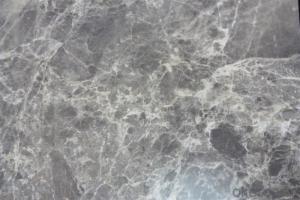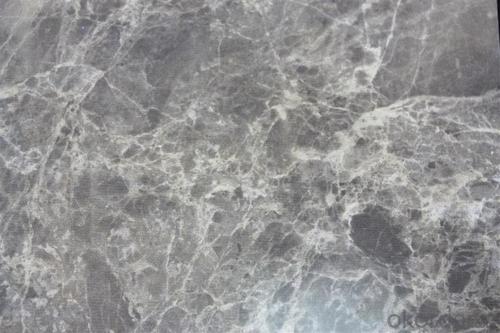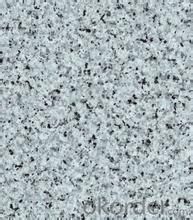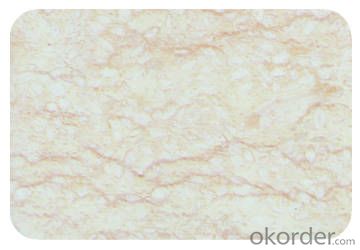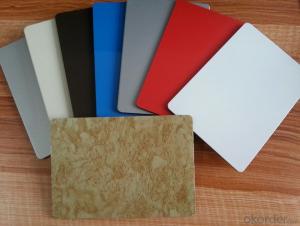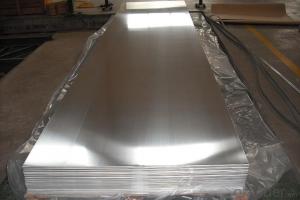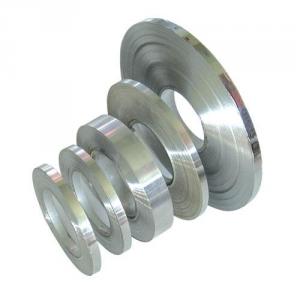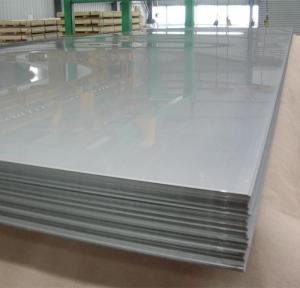Aluminium Composit Panel of Stone Grain Pattern
- Loading Port:
- Shanghai
- Payment Terms:
- TT OR LC
- Min Order Qty:
- 5 m.t.
- Supply Capability:
- 1000 m.t./month
OKorder Service Pledge
OKorder Financial Service
You Might Also Like
Specification
1. Structure of Aluminium Composit Panel of Stone Grain Pattern Description
Aluminium Composit Panel of Stone Grain Pattern is one semi-finished aluminium material. The alloy AA1050 is widly used in building, industry ect. Its weight is much lower than steel. So many customers choosed aluminium material instead of steel.
2. Specification of Aluminium Composit Panel of Stone Grain Pattern
Aluminium Composit Panel of Stone Grain Pattern | |
Main Specification | |
Alloy | AA1xxx (AA1050, AA1060, AA1070, AA1100 etc.) |
AA3xxx (AA3003, AA3004, AA3005, AA3105 etc.) | |
AA5xxx, AA6XXX (AA5052,AA5083, AA5754, AA6061, AA6062 etc.) | |
AA8xxx(AA8011, AA8006 etc.) | |
Temper | H14,H16, H18, H22, H24, H26, H32,O/F, T4, T6, T651 |
Thickmess | 0.01mm-100mm |
Width | 30mm-1700mm |
Standard | GB/T 3880-2006/ASTM |
Special specification is available on customer's requirement | |
3. Application of Aluminium Composit Panel of Stone Grain Pattern
(1).Interior: wall cladding, ceilings, bathrooms, kitchens and balconies, shutters, doors...
(2).Exterior: wall cladding, facades, roofing, canopies, tunnels,column covers , renovations...
(3).Advertisement: display platforms, signboards, fascia, shop fronts...
4. Feature of Aluminium Composit Panel of Stone Grain Pattern
Surfact Quality :
Be free from Oil Stain, Dent, Inclusion, Scratches, Stain, Oxide Dicoloration, Breaks, Corrosion, Roll Marks, Dirt Streaks and other defect which will interfere with use,
Mechenical Property:
Chemical Composite and Mechanical Property
5. Certificate Aluminium Composit Panel of Stone Grain Pattern
SGS and ROHS(if client request, paid by client), MTC(plant provided), Certificate of Origin(FORM A, FORM E, CO), Bureau Veritas and SGS (if client request, paid by client), CIQS certificate
6. Image of Aluminium Composit Panel of Stone Grain Pattern
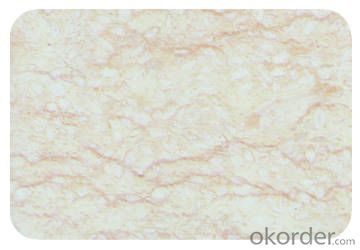
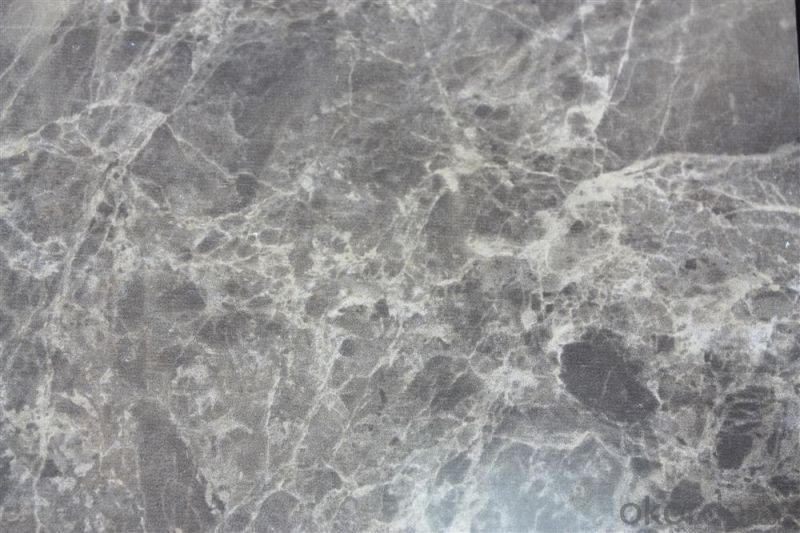
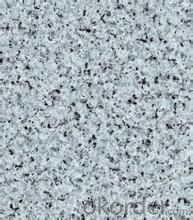
7. Package and shipping of Aluminium Composit Panel of Stone Grain Pattern
First, plastic cloth with drying agent inside; Second, Pearl Wool ; Third, wooden cases with dry agent , fumigation wooden pallets, aluminum surface could cover blue PVC film
8. FAQ
1) What is the delivery time?
Depends on actual order, around 20 to 35 days
2)What is the QC system:
We have QC staff of 20 persons and advanced equipment, each production is with MTC traced from Aluminum ingot lot.
3) What market do you mainly sell to?
Australia, America, Asia, Middle East, Western Europe, Africa etc
- Q: Can the aluminum sheets be used for manufacturing medical equipment?
- Yes, aluminum sheets can be used for manufacturing medical equipment. Aluminum is a versatile and lightweight metal that offers excellent strength and durability, making it suitable for various medical applications. It is commonly used in the production of surgical instruments, prosthetics, medical carts, and equipment housings due to its corrosion resistance and ease of sterilization.
- Q: Can aluminum sheet be used for signage?
- Yes, aluminum sheet can be used for signage due to its durability, lightweight nature, and resistance to corrosion, making it a popular choice for a wide range of indoor and outdoor signage applications.
- Q: What is the typical modulus of elasticity of aluminum sheets?
- The modulus of elasticity of aluminum sheets typically varies based on the alloy and temper. Nevertheless, an often utilized figure is approximately 70 GPa (gigapascals) or 10 million psi (pounds per square inch). This figure denotes the material's stiffness or rigidity, revealing its capacity to endure deformation when subjected to stress. It is essential to acknowledge that diverse grades and conditions of aluminum might possess slightly distinct modulus of elasticity values. Hence, consulting the specific material specifications is advisable for precise information.
- Q: What are the different methods of surface preparation for aluminum sheets?
- Aluminum sheets can undergo various surface preparation methods to ensure optimal adhesion and paint durability. Below are different techniques for preparing aluminum surfaces: 1. Utilizing Mechanical Abrasion: This method involves physically eliminating any dirt, rust, or oxidation from the aluminum surface using materials like sandpaper, wire brushes, or sandblasting. Mechanical abrasion creates a rough texture that enhances paint adhesion. 2. Employing Chemical Cleaning: Chemical cleaning employs acidic or alkaline solutions to eliminate contaminants or oxidation from the aluminum surface. This technique is particularly effective for tough stains, oils, or greases. After chemical cleaning, thorough rinsing removes any residue. 3. Implementing Etching: Etching entails applying an acidic or alkaline solution to create a microscopically rough texture on the aluminum surface. This roughness improves paint adhesion and provides a better bonding surface for coatings. Etching is commonly used as a pre-treatment before applying primers or paints. 4. Applying Conversion Coating: Conversion coating involves applying a chemical solution to create a thin, protective layer on the aluminum surface. This layer not only enhances paint adhesion but also provides corrosion resistance. Examples of conversion coatings for aluminum include chromate conversion coatings and phosphoric acid anodizing. 5. Performing Mechanical Cleaning: Mechanical cleaning involves brushing, scraping, or buffing to remove loose particles, dirt, or debris from the aluminum surface. This method is often used as an initial step before applying other surface treatments or coatings. It is crucial to note that the choice of surface preparation method may vary based on the aluminum sheet's specific requirements, surface condition, and desired finish. Proper surface preparation is essential for ensuring the longevity and performance of the applied paint or coating on aluminum sheets.
- Q: This question asks about the various grades of aluminum sheets and the impact of these grades on their pricing.
- <p>Aluminum sheets are categorized into different grades based on their composition and properties. The most common grades include 1000 series (99% pure aluminum), 3000 series (aluminum-manganese alloys), 5000 series (aluminum-magnesium alloys), and 6000 series (aluminum-magnesium-silicate alloys). Each grade has unique characteristics affecting their applications, such as corrosion resistance, strength, and formability. The price of aluminum sheets varies with the grade due to differences in purity, alloying elements, production complexity, and market demand. Purity and the addition of alloying elements can increase the cost, while the availability and demand in the market also influence pricing. For instance, 1000 series sheets are generally cheaper due to their high purity and lack of alloying, while 6000 series sheets, known for their strength and durability, command a higher price.</p>
- Q: The user is asking if it's possible to substitute recycled aluminum sheets for new ones in a project or application.
- <p>Yes, you can use recycled aluminum sheets instead of new ones in many applications. Recycled aluminum maintains the same properties as new aluminum, making it suitable for construction, manufacturing, and various other uses. It's also more sustainable and cost-effective. However, it's important to ensure that the recycled aluminum meets the required specifications and quality standards for your specific project to avoid any structural or performance issues.</p>
- Q: What are the different cutting tools used for aluminum sheets?
- Aluminum sheets can be cut using various cutting tools available. Here are some options: 1. Circular Saw: To achieve a clean and smooth cut, it is essential to employ a circular saw with a carbide-tipped blade featuring fine teeth. 2. Jigsaw: For intricate cuts and curves, a jigsaw equipped with a metal-cutting blade is a suitable tool to cut aluminum sheets. 3. Bandsaw: When dealing with larger or thicker sheets, a bandsaw with a fine-toothed blade can provide a precise and straight cut. 4. Shears: Electric or manual shears are effective for straight cuts and ensuring a clean finish while cutting aluminum sheets. 5. Plasma Cutter: Thicker aluminum materials can be efficiently cut using a plasma cutter, which employs high-temperature plasma to melt through the metal, resulting in precise cuts. 6. Laser Cutter: For precise and intricate cuts, laser cutting machines are commonly utilized. They produce a high-powered laser beam that melts and vaporizes the aluminum sheet, allowing for accurate cuts. Remember to prioritize safety by wearing appropriate gear such as gloves and goggles when using any of these cutting tools. The choice of the tool should depend on the thickness of the aluminum sheet and the desired cut. It is advisable to seek professional advice or consult the manufacturer's guidelines for the specific tool being used.
- Q: is steel better for making bicycle frames.....how does it differ from the aluminum framed bikes?
- Unless you are an all star pro, a steel bike will suit you fine. Thing is, the difference in weight is so small that unless you are racing people in multi-national competitions, it's just a lot of extra money you could put into buying a REALLY nice steel frame. Don't let ads fool you, steel are just as good as aluminum.
- Q: Can aluminum sheets be used for heat exchangers?
- Yes, aluminum sheets can be used for heat exchangers. Aluminum is widely used in heat exchangers due to its excellent thermal conductivity and corrosion resistance properties. Its lightweight nature also makes it a preferred choice for efficient heat transfer in various applications.
- Q: Can aluminum sheets be used for electrical enclosures?
- Yes, aluminum sheets can be used for electrical enclosures. Aluminum is a popular choice for electrical enclosures due to its excellent conductivity, corrosion resistance, and lightweight properties. It is a good conductor of electricity, allowing for efficient distribution of electrical current within the enclosure. Additionally, aluminum has a high resistance to corrosion, making it suitable for outdoor and harsh environment applications. Its lightweight nature also makes it easier to handle and install. Overall, aluminum sheets are a reliable and commonly used material for electrical enclosures.
Send your message to us
Aluminium Composit Panel of Stone Grain Pattern
- Loading Port:
- Shanghai
- Payment Terms:
- TT OR LC
- Min Order Qty:
- 5 m.t.
- Supply Capability:
- 1000 m.t./month
OKorder Service Pledge
OKorder Financial Service
Similar products
Hot products
Hot Searches
Related keywords
